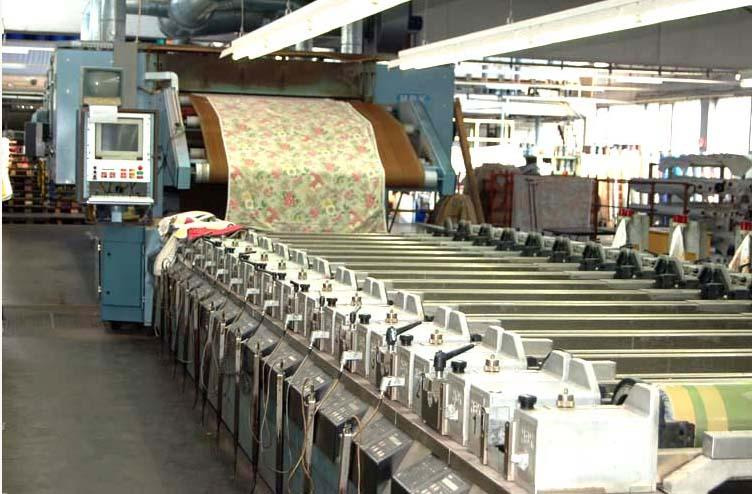
Applying coloured patterns and designs to decorate a finished fabric is called 'Printing'. In a proper printed fabric, the colour is affixed to the fiber, so that it may not be affected by washing and friction. Whether a fabric is dyed or printed can be known by examining the outline of the design. On a printed fabric, the outline of a design is sharply defined on the outer side. The design generally do not penetrate to the back of the cloth. However, the design may show up on the reverse side of transparently thin fabrics. These fabrics may be confused with the woven designs where yarn dyed warp and filling are used. If the design is printed on such a fabric, the yarns will show some areas on which colour is not equally distributed.

The Dyes used for printing mostly include vat, reactive, naphthol and disperse colours which have good fastness properties. The pigments, which are not truly dyes, are also used extensively for printing. These colours are fixed to the fiber through resins that are very resistant to laundering or drycleaning. Pigments are among the fastest known colours and are effective for light to medium shades. If used for applying dark colours, they may crock or rub off. Improved resins, better pigments or more effective anticrock agents must be used to solve this problem. Cheap prints are made from basic colours mixed with tartar emetic and tannic acid but they are not acceptable in todays market.